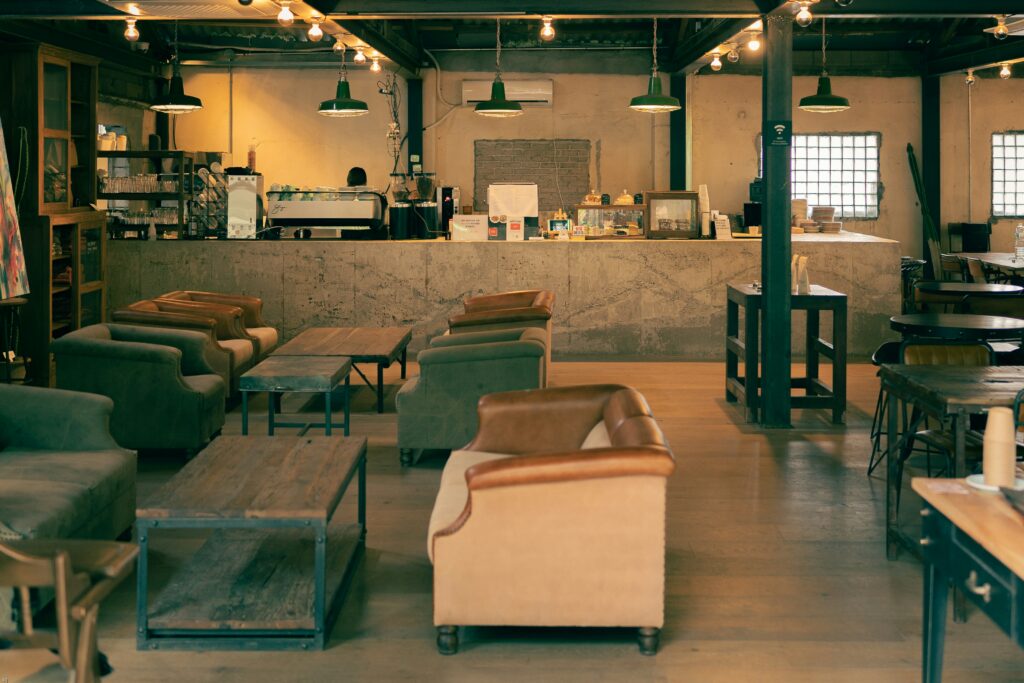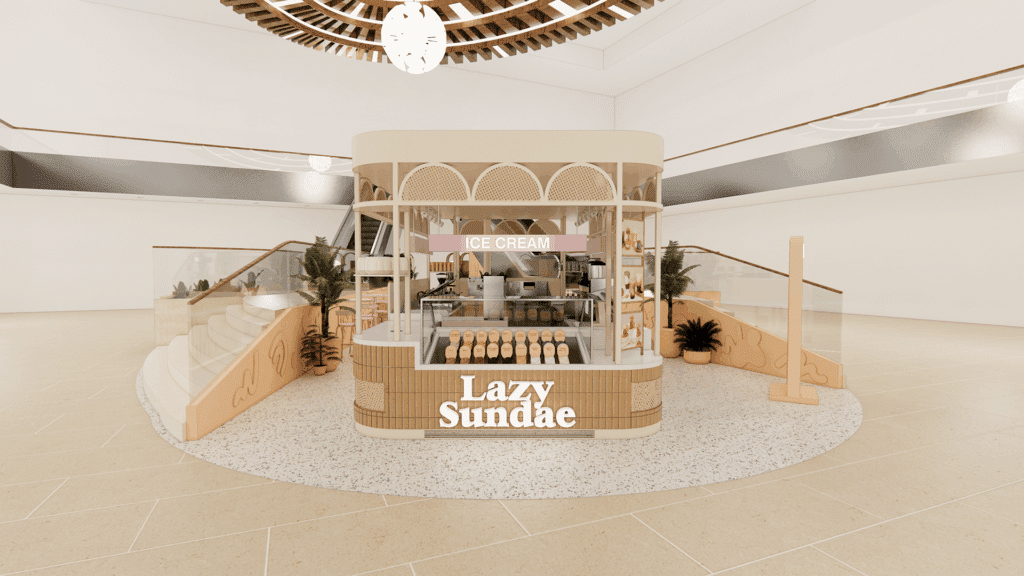In the competitive world of retail, first impressions can make or break a sale. When customers walk into a store, they immediately absorb the surroundings—the lighting, layout, colors, and the overall design. This first visual encounter determines whether they’ll stay to browse or walk away. The secret to creating that irresistible first impression lies in yourretail furniture anddisplay showcases.
These two elements are the backbone of your store’s design, helping to establish atmosphere, highlight products, and enhance customer experience. Whether your goal is luxury, minimalism, or warmth, your furniture and displays can bring that vision to life.
The Power of Ambience in Retail
Ambience is more than just decoration—it’s the emotional connection customers feel when they enter your store. A well-crafted retail environment influences shopping behavior by encouraging customers to linger, explore, and purchase.
Every detail contributes to ambience:
- The furniture defines functionality and flow.
- The lighting sets the mood.
- The displays tell your product’s story.
- The layout guides the journey.
When these components work together, they create a powerful atmosphere that feels professional and inviting. This is why furniture and display design should never be treated as an afterthought—they are the silent influencers of sales.
The Role of Retail Furniture in Ambience Creation

Furniture serves as the foundation of your store’s visual and physical comfort. The design, color, and arrangement of retail furniture can evoke specific emotions and set the tone for the shopping experience.
For instance:
- Wooden furniture creates a cozy, natural vibe perfect for lifestyle or home décor stores.
- Metal and glass furniture communicates sophistication and luxury for tech or fashion brands.
- Minimalist furniture with clean lines suits modern, high-end boutiques.
When selecting furniture, think beyond aesthetics. Consider how each piece contributes to the flow, comfort, and accessibility of your store. A beautiful chair or counter that obstructs movement can do more harm than good. Balance style with practicality.
Display Showcases as Visual Storytellers
Your display showcases are the storytellers of your retail space. They capture attention, guide customer focus, and highlight your best products. In essence, they help customers visualize your brand identity through curated arrangements.
Different display types serve different purposes:
- Glass showcases: Offer transparency and elegance, ideal for jewelry or luxury items.
- Wooden showcases: Add warmth and authenticity, perfect for handmade or artisan goods.
- Freestanding units: Create central attractions for new arrivals or limited editions.
- Wall-mounted displays: Save floor space while maintaining visibility.
The right lighting within or around showcases can amplify their effect, drawing customers closer to the products and inspiring them to explore further.
How Design Influences Customer Behavior
Store design directly affects how customers move and interact. Strategic furniture placement encourages natural exploration and maximizes exposure to products.
Consider these proven layout techniques:
- Right-side focus: Shoppers tend to look and move to their right upon entering—place your most important displays there.
- Power walls: Use the first visible wall for premium products or seasonal highlights.
- Zoning: Divide your store into sections based on product type or price range.
- Impulse zones: Position small, attractive items near checkout counters to boost add-on sales.
With well-positioned retail furniture and carefully arranged displays, you can subtly influence the shopping path and increase engagement.
Creating Comfort Through Design
While visuals attract customers, comfort keeps them there. Furniture should be ergonomic, inviting, and proportional to your store’s layout. Simple touches like cushioned seating, accessible shelves, and smooth navigation paths can drastically improve customer satisfaction.
Comfort also includes psychological factors. When a space feels uncluttered, well-lit, and thoughtfully designed, customers are more likely to relax and explore. The key is creating a balance between visual appeal and functional flow.
Blending Lighting and Furniture for Maximum Impact

Lighting is the bridge that connects design elements. The way light interacts with furniture and displays can make or break the ambience. Soft, warm lighting creates intimacy, while bright, cool lighting adds clarity and focus.
Try combining these lighting strategies:
- Accent lighting: Highlight feature displays and focal points.
- Ambient lighting: Set the general tone and mood.
- Spotlights: Draw attention to specific products inside display showcases.
- Layered lighting: Combine multiple sources to avoid harsh contrasts.
When your lighting complements your furniture materials—wood, glass, metal—it enhances depth and creates a visually rich shopping experience.
Material and Color Coordination
The materials and colors you choose for your store furniture and displays contribute directly to brand identity. Consistency across all design elements creates a sense of harmony that customers subconsciously appreciate.
For example:
- A luxury fashion retailer might favor glass, chrome, and black finishes.
- A health and wellness store could use earthy tones, wood, and natural textures.
- A tech retailer might blend sleek white surfaces with LED highlights.
Consistency not only improves aesthetics but also builds trust. A cohesive design signals professionalism and reliability, which can influence purchasing decisions.
The Role of Technology in Modern Retail Design
Technology is redefining how stores use furniture and displays. Today’s smart retail furniture often integrates digital features—like charging points, built-in lighting, or touch-screen interfaces.
Likewise, display showcases can include interactive screens, digital signage, or motion sensors to engage shoppers more deeply. These innovative additions bridge the gap between physical and digital experiences, offering customers something memorable that keeps your brand top of mind.
Sustainability as a Modern Design Choice
Sustainability isn’t just a trend—it’s a demand. Many retailers now opt for furniture made from recycled or eco-friendly materials. This not only reduces environmental impact but also appeals to eco-conscious customers.
Sustainable materials like bamboo, reclaimed wood, or powder-coated metal combine durability with modern appeal. When paired with energy-efficient lighting, they create an environmentally friendly and visually stunning retail environment.
Conclusion
Your store’s ambience plays a decisive role in attracting and retaining customers. By choosing the right retail furniture and display showcases, you can create a space that not only looks beautiful but also communicates your brand’s story and values.
Every design choice—from furniture placement to lighting—impacts how customers feel and behave inside your store. When these elements align, they create a seamless experience that delights visitors and inspires them to return.
Investing in ambience is investing in your brand’s long-term success—because when your store feels right, customers will always come back.

